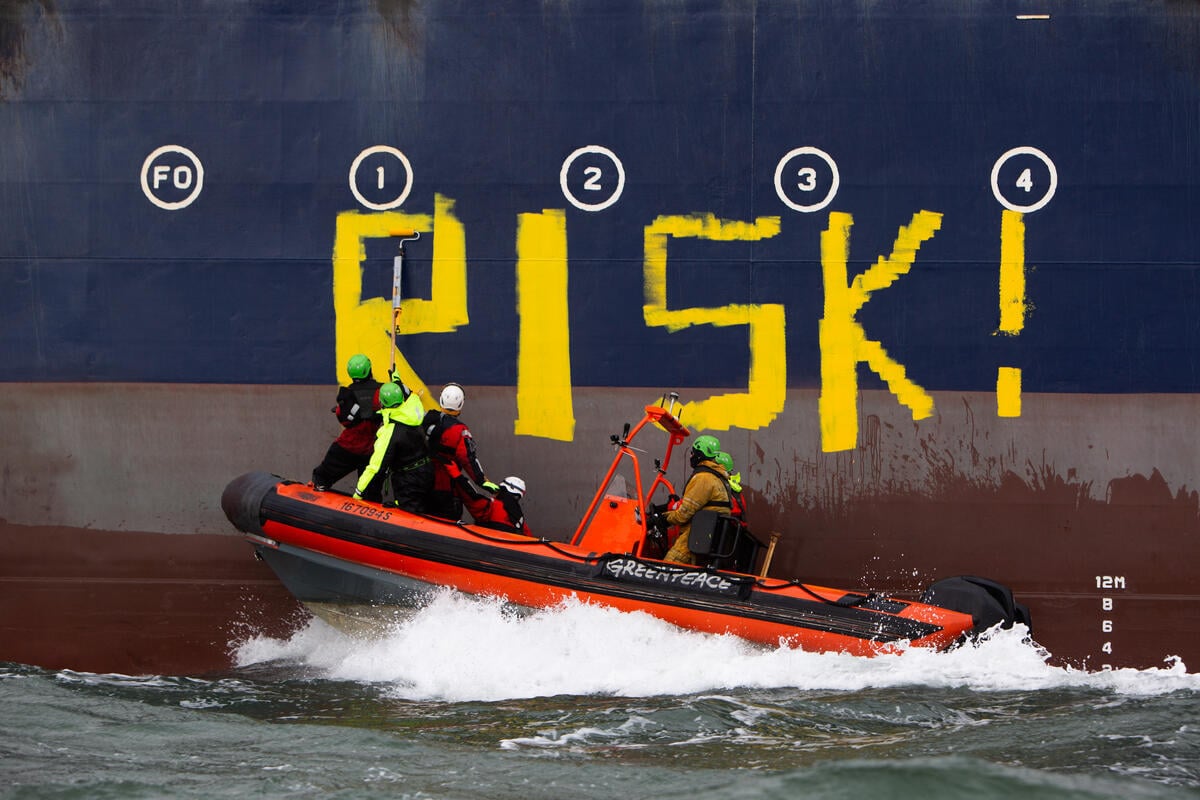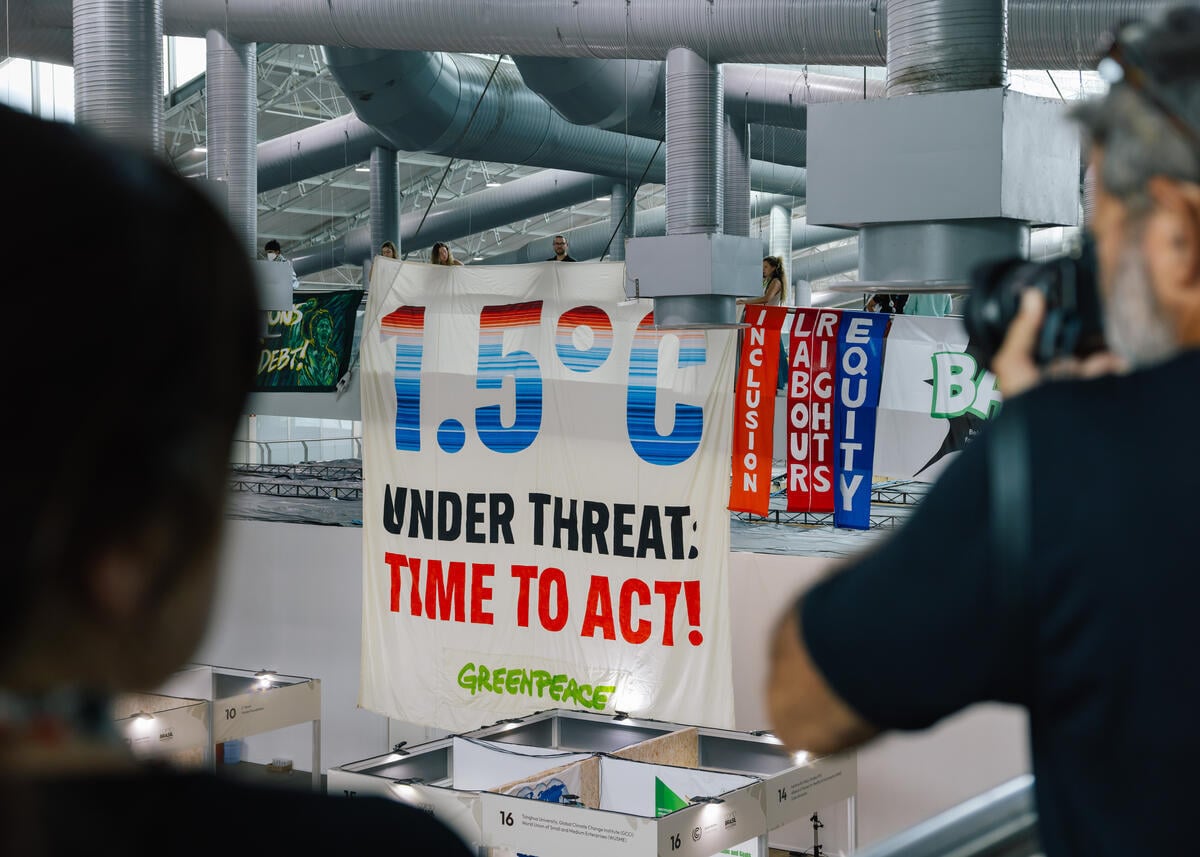Hong Kong – Groundbreaking analysis of new satellite data from 1 June to 31 August this year reveals the world’s largest NO2 air pollution hotspots across six continents in the most detail to date, and points the finger at coal and transport as the two principal sources of emissions.
NO2 is a dangerous pollutant in and of itself and also contributes to the formation of PM2.5 and ozone, two of the most dangerous forms of air pollution. In the EU alone, cleaning up NO2 pollution could save up to 75,000 lives per year.
With hotspots across six continents, the satellite imagery shows the global extent and cross-boundary nature of the crisis. Governments must urgently step up their act and provide clean and healthy air for all.
“Air pollution is a global health crisis, with up to 95% of the world breathing unsafe air. With hotspots across six continents, ranging from cities to industrial clusters to agricultural areas, this new analysis shows us more clearly than ever before just how big a part of the picture NO2 pollution is,” said Lauri Myllyvirta, Greenpeace Nordic air pollution campaigner.
“Just as we have nowhere to hide from the dirty air impacting our daily lives, so too do the polluters have nowhere to hide. This new satellite is our ‘eye in the sky’, from which the culprits – coal burning industry and oil guzzling transport – cannot escape. It is now up to governments to act, with all the policy measures and technologies we have at our disposal, to clean up our air and save lives.”
The list of the largest NO2 hotspots in the world from 1 June to 31 August this year includes well known coal-fired power plants in South Africa, Germany and India, and numerous coal-burning industrial clusters in China. Cities such as Santiago de Chile, London, Dubai and Tehran also feature prominently in the list of 50 NO2 hotspots due to transport-related emissions.
The world’s biggest hotspot over the three month period is Mpumalanga in South Africa, home to a cluster of a dozen coal fired power plants with a total capacity of over 32 gigawatts owned and operated by Eskom.
Europe’s largest hotspot is found around the Niederaussem coal plant in Germany, followed by the transport emissions hotspot covering London.
The analysis is based on new, publicly available data produced by the European Space Agency’s Sentinel 5P satellite between 1 June and 31 August 2018. Greenpeace is the first organisation to process the data into averaged NO2 levels on a gridded map. The 2012 EDGAR global emissions inventory was overlaid with the satellite data to indicate the probable major sources of NO2 emissions in each hotspot. See the media briefing for a full explanation of the methodology.
There are clear solutions to the global air pollution crisis. First and foremost, with coal the number one source of NO2 emissions, governments need to rapidly move their energy systems away from reliance on coal and toward renewable technologies. For those regions and cities whose primary source of air pollution is transportation, comprehensive plans to move away from combustion engine vehicles, particularly diesel, to electric powered public transport systems will help to provide clean air for all city residents.
In the meantime, high emission standards for coal power plants should be implemented and strictly enforced. Coal power plant emissions standards in South Africa and the EU, whose coal-related hotspots feature highly in the list of NO2 hotspots (Mpumalanga and Niederaussem coal power plants), for example, lag far behind international best practice.
ENDS
Notes:
A media briefing is available here. The full list of 50 hotspots can be found in Appendix I; Greenpeace archive images of some of the identified hotspots can be found in Appendix II.
An interactive global map is available to view here. For code to embed the map, please contact the Greenpeace International Press Desk. A detailed explainer of the map is also available via Greenpeace UK’s journalism wing, Unearthed, here. Please consider including a hyperlink to the Unearthed article when using the global map.
Contacts:
Lauri Myllyvirta, Global Air Pollution Unit, Senior Analyst and lead author of the study, Greenpeace Nordic, [email protected], phone: +358 50 3625 981
Greenpeace International Press Desk, [email protected], phone: +31 (0) 20 718 2470 (available 24 hours)



